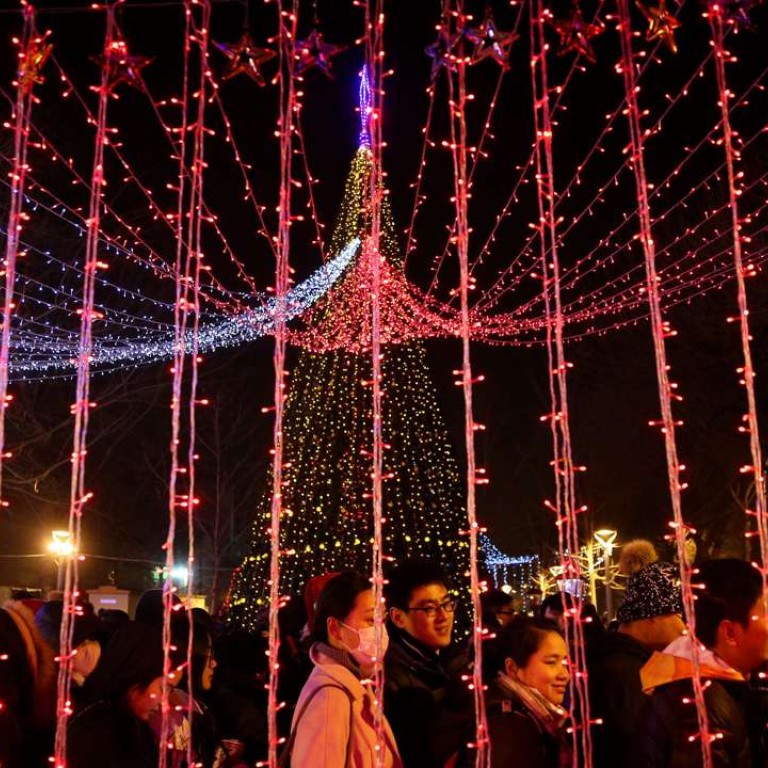
Chinese media demand action on smog as Christmas brings more pollution
Smog continued to choke parts of northern China, including the capital, on Christmas Day, prompting mainland media to call for curbs on the human activity causing the air pollution.
Beijing’s air quality index stayed above 150 in the morning, meaning the pollution was at “unhealthy” levels.
Conditions were worse in the downtown area of Qianmen and on the east Fourth Ring Road where the index was above 200, or “very unhealthy”.

Visibility was expected to be poor and pollution “heavy” in the capital for the rest of the day, the Beijing News reported.
The China Meteorological Administration (CMA) also issued yellow smog alerts for parts of Hebei, Jilin, Shandong and Inner Mongolia.
Yellow is the third-highest alert in China’s four-tier pollution warning system.
Central and southern Hebei would have light to moderate smog and conditions would be severe “in some areas”, the CMA said.
Dezhou, in Shandong province, would be under a shroud of heavy fog until Monday morning, while conditions were not favourable for dispersing the pall of pollutants in Baicheng, Jilin province, it said.
“Zuozhong, Kailu, Kulun, Houqi and Kequ in Inner Mongolia will have moderate levels of smog. Visibility will be less than 3,000 metres in those areas,” the CMA said.
The alerts come after much of the country’s north endured a six-day run of the worst air pollution of the year, affecting more than 100 cities.
Xinhua reported late on Saturday that President Xi Jinping had called for greater use of clean energy.
“Promoting clean energy can help people keep warm in northern China and reduce smog at the same time,” Xi said.
Xiamen University energy economist Lin Boqiang said smog in northern China was closely linked to the use of coal for heating.
Xinhua quoted Lin as saying clean energy could help solve fossil fuel pollution and greenhouse gas emissions, and improve lives, reduce the incidence of smoggy days and upgrade the energy system.
A commentary in the Qianjiang Evening News said some authorities were under the illusion that smog was a natural phenomenon.
“The pollutants causing smog are the result of human activity. Smog is not a meteorological disaster,” the commentary said.
“If we don’t understand that smog is caused by people, we cannot solve the problem and [officials] will just pass the buck.”
A Legal Daily commentary called for greater awareness of the impact of pollution on children’s health, saying many schools did not have emergency plans for heavy pollution.
“The health of pupils must be the top priority. We can’t understand why some schools insist on having classes on smoggy days,” it said.
“The lack of emergency plans reflects deep-rooted problems … There will be great losses if we fail to respond to an emergency in time.”
In Linzhou, Henan province, 480 eighth-grade pupils were forced to sit exams outdoors on Monday afternoon despite education authorities ordering all schools to close from that day, Dahe Daily reported on Wednesday.

